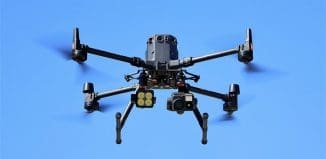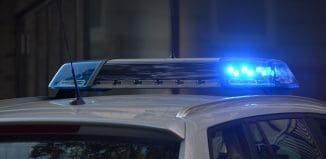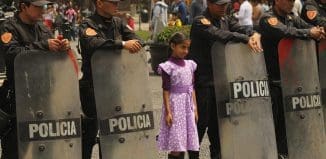Counter Terrorism Efforts to Include Car Disruption Devices
This post is also available in:  עברית (Hebrew)
עברית (Hebrew)
Australia’s counter-terrorism police are using various means to enhance their capabilities against attempted terror attacks. These include, for example, drones the size of flies to spy and gather intelligence on suspected jihadists.
In fact, Queensland counter-terrorism police released a much-needed wishlist to help prevent an attack on home soil.
It is unusual for counter-terrorism police to reveal the weapons they use to foil crime, underlying the desperation of frontline officers who are monitoring more than 100 suspects at any one time. But the cost of state-of-the-art technology, already used by specialist police across the globe, does not come cheap.
According to couriermail.au, the crime-fighting list includes armoured vehicles that can withstand extreme fire power, plus vehicle-mounted electronic disruption devices that can stop vehicles in their tracks.
Counter-terrorism police are already using drones the size of flies to spy and gather intelligence on suspected jihadists. These devices could become some of the most critical tools police have in their terror-busting kit, especially as international lone wolves use vehicles to plough down crowds.
As well as a further $3 million for specialist sniper rifles, counter-terrorism police say they also need technology to stop an attack before it occurs. Surveillance such as Wi-Fi exploitation devices allows police to harvest data from a phone or laptop when a target walks past the device.
Also on the list is the Xaver 400 – a radar system that can detect people behind walls. With a detection range of 20m, it has the sensitivity to detect non-moving live objects. It also has wireless capability for remote monitoring and control.
In the past five years, policing has rapidly evolved because of the threats launched by Islamic State. Police are constantly reminded they are targets. A “millimetre wave” camera allows police to determine from a long distance whether people are carrying guns or other weapons. It can detect weapons through clothes and bags.
Long-distance public laser audio collection is also needed. Devices can be put in a room and pick up tens of individual conversations, making recording and monitoring suspects easier.
Millions of dollars would also be needed for analytical programs to data mine phones and electronic devices.
One of the biggest challenges many counter-terrorism police face is encryption and the fact that some of the exchanges between suspects are in foreign languages.
Police are also calling for machines and software to electronically record the serial numbers of banknotes seized during covert operations.
Over time, all cash seizures could be processed through the machines and database to determine money flows and identify sophisticated network links.





























